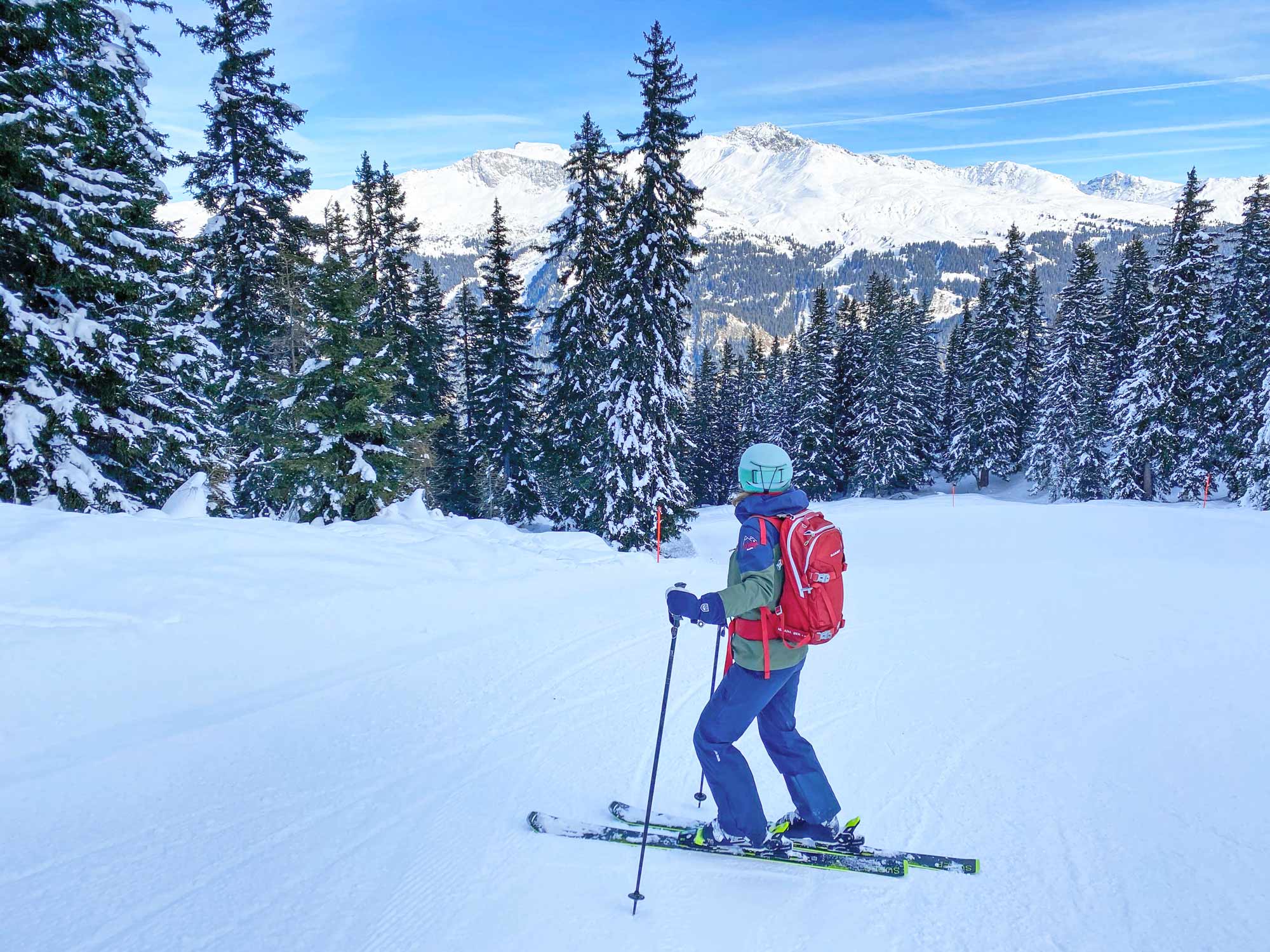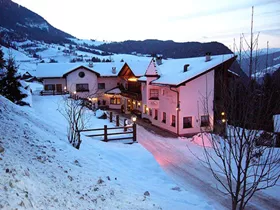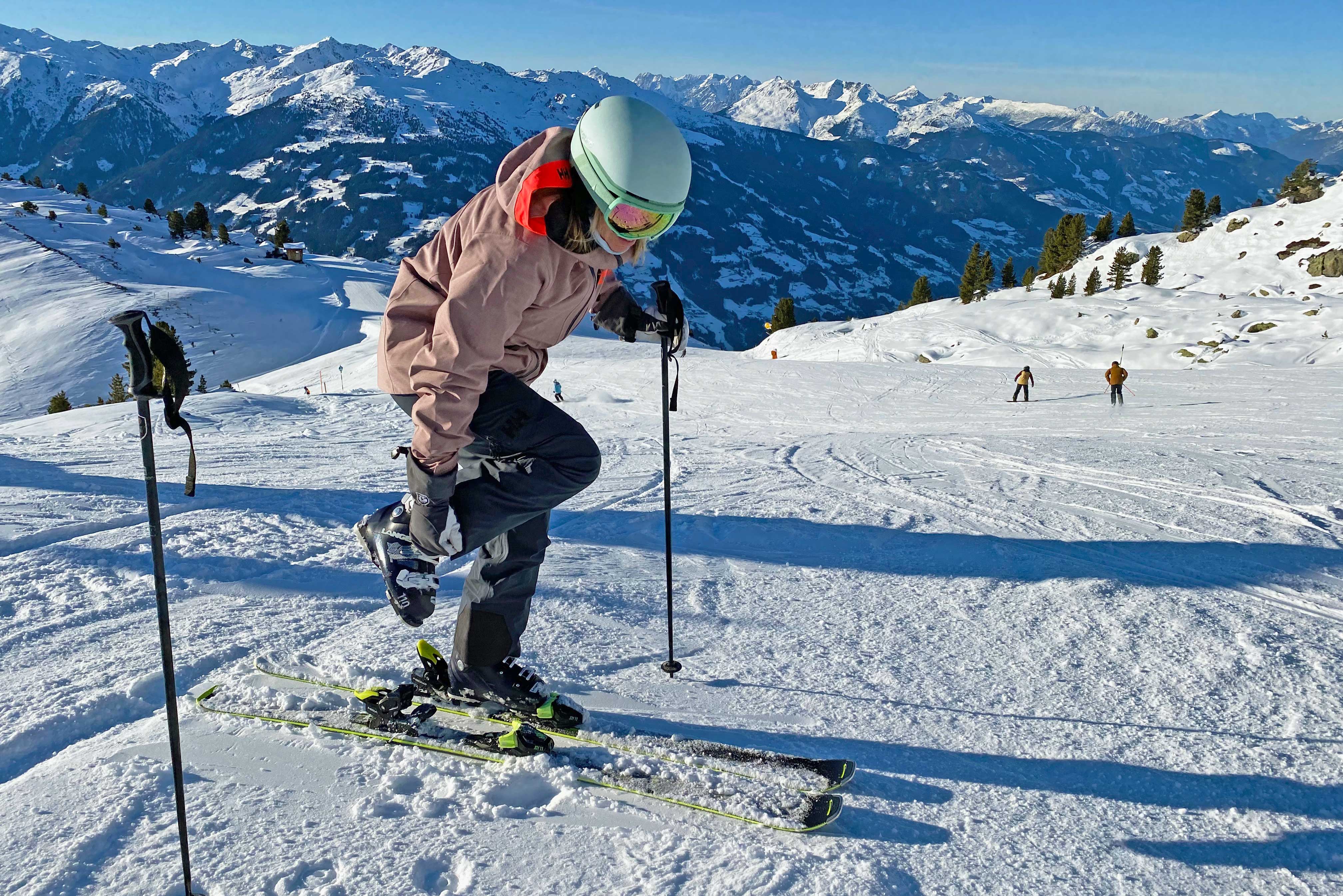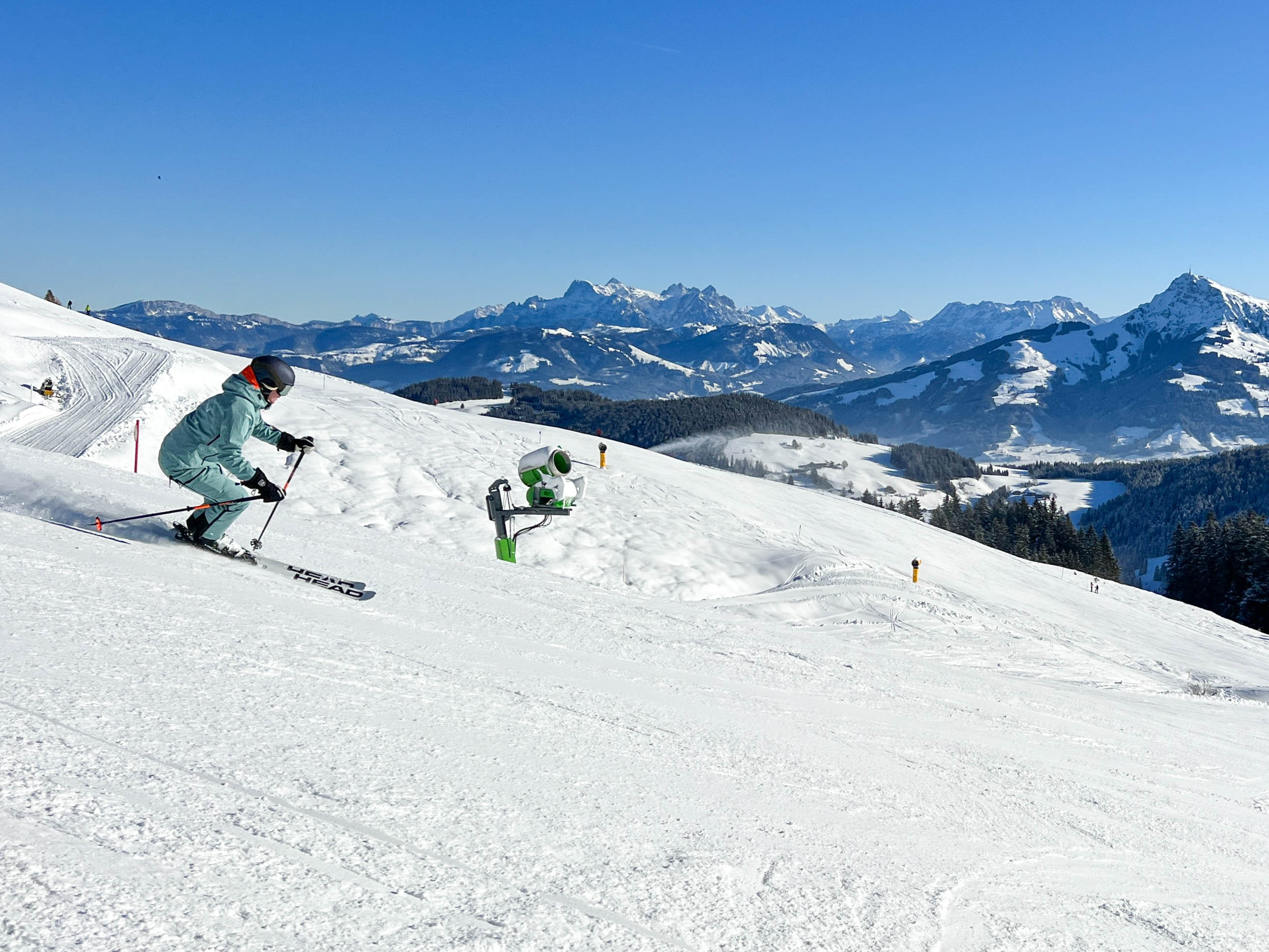
Making it down a black slope is one thing, but doing it attractively takes a lot more practice. Generally, you’ll need to dig your edges in to grip the steeper slope, using shorter turns to slow you down. If you’re interested in learning how to be the picture of grace while skiing black slopes, then this article is for you.
Short turns help you control your speed on steep slopes
Turning helps you slow down, so naturally, the more you turn, the slower you will go. This is the reason FIS racers who are trying to set world records shoot straight down the hill without turning. If you want to survive a difficult black piste, our advice is to go the other way! You’ll need to master the art of turning quickly by throwing all your power into each turn, even if the terrain is fighting against you. Unlike when you’re carving on a blue slope, these short turns will also include some skidding, to help you slow down.
Proper body stance is the first step
Stand with your legs shoulder-width apart, with ankles, knees and hips slightly bent. You should be leaning slightly forward, with your centre of balance more or less in the middle of your skis. This will make it easier to transfer the power from your body, through your boot and into your skis, helping you turn. Your upper body should point down the fall line, and you should avoid backseating at all costs. Try pretending you have a coin between your shin and your ski boot which you mustn’t let fall at any cost!
Develop a rhythm to help you turn
The most important part of making short turns is to get into the right rhythm. You’ll use your poles to get your body in the right position for initiating the turn, and with enough practice, swinging your poles for the next turn will become automatic. A good way to practice turning at the right moments is by following in the tracks (literally) of a more experienced skier.
Upper body should be independent of the lower body
Generally speaking, you’ll be bending your knees to make the turn and extending them as you pull out of the turn. The better you are, the less pronounced this will be. Ideally, you want your legs to swing rhythmically back and forth underneath your upper body, which remains facing down the fall line.
Get a grip... on your outer ski
It's crucial to maintain a good grip on the snow by leaning into your edges and applying pressure, especially on the inside edge of your outside ski. This requires constant concentration but it will help you keep control on steeper slopes. You can practice by stringing together a series of quick “hockey stops” on flatter terrain as described in the video. Looking back at your tracks, they should appear like a sequence of half-moon crescents.
The best steep slopes in the Alps for showing off your short turns
- Harakiri (Ski Zillertal 3000): Average gradient 78%, 1500m long
- Kandahar (Garmisch Partenkirchen): “Free fall” with 92% gradient, 3300m long
- Streif (Kitzbühel & Kirchberg): 85% gradient in the Mousetrap, 3300m long
- Diabolo (Montafon): Gradient of up to 70%, 1500m long
- Gamsleiten 2 (Obertauern): Gradient of up to 100%, 1300m long
Making it down a black slope is one thing, but doing it attractively takes a lot more practice. Generally, you’ll need to dig your edges in to grip the steeper slope, using shorter turns to slow you down. If you’re interested in learning how to be the picture of grace while skiing black slopes, then this article is for you.
Short turns help you control your speed on steep slopes
Turning helps you slow down, so naturally, the more you turn, the slower you will go. This is the reason FIS racers who are trying to set world records shoot straight down the hill without turning. If you want to survive a difficult black piste, our advice is to go the other way! You’ll need to master the art of turning quickly by throwing all your power into each turn, even if the terrain is fighting against you. Unlike when you’re carving on a blue slope, these short turns will also include some skidding, to help you slow down.
Proper body stance is the first step
Stand with your legs shoulder-width apart, with ankles, knees and hips slightly bent. You should be leaning slightly forward, with your centre of balance more or less in the middle of your skis. This will make it easier to transfer the power from your body, through your boot and into your skis, helping you turn. Your upper body should point down the fall line, and you should avoid backseating at all costs. Try pretending you have a coin between your shin and your ski boot which you mustn’t let fall at any cost!
Develop a rhythm to help you turn
The most important part of making short turns is to get into the right rhythm. You’ll use your poles to get your body in the right position for initiating the turn, and with enough practice, swinging your poles for the next turn will become automatic. A good way to practice turning at the right moments is by following in the tracks (literally) of a more experienced skier.
Upper body should be independent of the lower body
Generally speaking, you’ll be bending your knees to make the turn and extending them as you pull out of the turn. The better you are, the less pronounced this will be. Ideally, you want your legs to swing rhythmically back and forth underneath your upper body, which remains facing down the fall line.
Get a grip... on your outer ski
It's crucial to maintain a good grip on the snow by leaning into your edges and applying pressure, especially on the inside edge of your outside ski. This requires constant concentration but it will help you keep control on steeper slopes. You can practice by stringing together a series of quick “hockey stops” on flatter terrain as described in the video. Looking back at your tracks, they should appear like a sequence of half-moon crescents.
The best steep slopes in the Alps for showing off your short turns
- Harakiri (Ski Zillertal 3000): Average gradient 78%, 1500m long
- Kandahar (Garmisch Partenkirchen): “Free fall” with 92% gradient, 3300m long
- Streif (Kitzbühel & Kirchberg): 85% gradient in the Mousetrap, 3300m long
- Diabolo (Montafon): Gradient of up to 70%, 1500m long
- Gamsleiten 2 (Obertauern): Gradient of up to 100%, 1300m long














